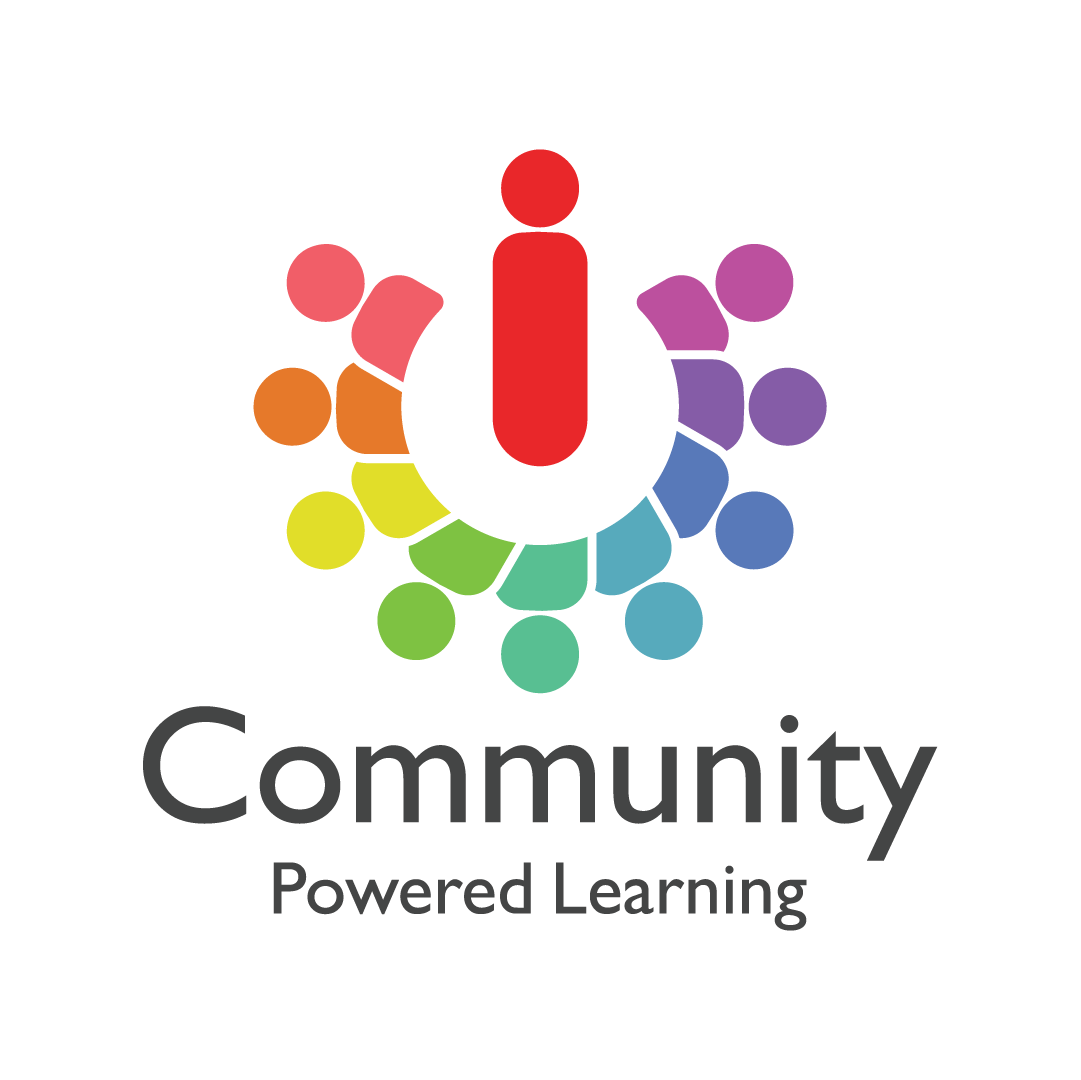Rethinking Readiness: A Call to Design for Every Learner
No one hands new parents a Common Core-aligned pacing guide in the delivery room.
Children are raised in homes full of values, languages, customs, priorities, and traditions that reflect the rich diversity of our communities. And still, somehow, we’ve created an education system that expects all 5-year-olds to show up on day one of kindergarten with the same set of skills, behaviors, and vocabulary.
What if we let go of that expectation? What if we stopped asking whether kids are “ready for school,” and instead started asking whether schools are ready for kids?
When we treat readiness as a checklist a child must complete before entering the classroom, we inevitably set so many of them up for failure. How can we “leave no child behind” when they have already been labeled “behind” before they even step foot inside a school?
No two children enter kindergarten with the same background. Some have attended preschool for years. Others have spent their early childhoods in the care of parents, grandparents, siblings, neighbors, or communities. Some speak multiple languages. Some are already telling stories, solving problems, creating art, and showing leadership in ways that don’t show up on traditional “readiness assessments.”
This is not a problem to fix; it’s a possibility to design for. This is the core belief behind the Ready School Movement–a shift away from evaluating children against a narrow benchmark and toward building learning environments that are flexible, responsive, and inclusive by design.
When schools are truly ready for kids, they don’t just teach–they respond. They create spaces for discovery and belonging. A ready school doesn’t assume every child starts in the same place. It is prepared to grow, evolve, and adapt with them.
Often, readiness gets framed as a parental responsibility, implying that if children don’t arrive with the “right” skills, their families have failed. What if, instead of assuming every parent knows and will do what they are “supposed” to do for their kids, we assume that they are doing everything they can to nurture, protect, and educate their children within the realities of their own lives?
When we embrace that truth, we stop looking at families as the barriers to school success and start seeing them as essential partners in their children’s learning journeys. We stop assuming that knowledge only lives inside schools—and start recognizing the powerful learning that’s already happening in homes and communities.
While this conversation often centers on kindergarten, the truth is that readiness matters at every level. Students move between schools, states, and even countries. Some have missed years of formal education. Others have learned in nontraditional ways. Some arrive with trauma; others with talents that haven’t yet had a place to shine.
I often hear high school teachers lament that “This isn’t my job… I’m supposed to teach [insert subject area] and this student cannot even [insert foundational academic skill]...” What if you’re not supposed to teach a subject area? What if you’re just supposed to teach kids?
At every grade level, our job is the same: to be ready for whoever walks through the door. That means cultivating cultures of welcome. It means focusing on connection before correction. It means building systems that adapt to students, not systems that expect students to adapt to them.
I’m not an unrealistic idealist. I recognize that middle and high school teachers are not consistently provided with the training or resources to accomplish this. Just as it is not a “student problem” or a “parenting problem,” nor is it a “teacher problem.”
It is a system design problem.
When we commit to readiness as a design principle instead of a diagnostic tool we create learning spaces that are engaging, responsive, and joyful. We stop asking kids to meet the system where it is, and we start shaping the system to meet kids where (when and how) they are.
